Constipated, bloated, hungry all the time, and gaining weight? Do you want to find a way to get rid of these uncomfortable problems? Eating more fiber can help. I put up a list of healthy, fiber-rich foods for you.
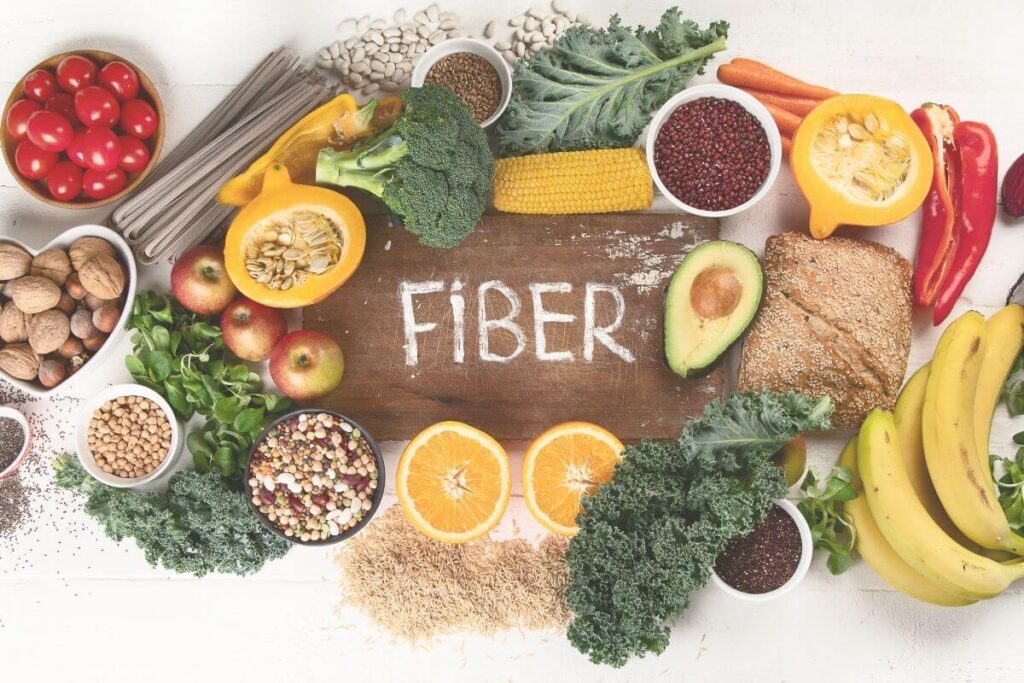
What foods are high in fiber? You need to eat plants to get fiber. To get fiber, eat;
- Vegetables
- Fruits
- Berries
- Beans
- Legumes
- Nuts
- Seeds
- Grains
Read more about fiber below, why it's good for weight loss, how much you should eat fiber, and lists of how much fiber different foods contain.
Top 50 high fiber foods
I have added the most common foods here that you are likely to buy and use. Some exotic fruits or berries might also have high fiber content, but you would usually not buy those. They would be hard to find, and the price is high. You get enough fiber eating the usual veggies, fruits, and legumes.
Some common fruits might be quite low in fiber; if you wonder, for example, the fiber content in watermelon and grapes, you can find foods on the Nutritiondata site. Even if some foods are low in fiber, you should eat them because you get other nutrients such as vitamins and minerals that your body needs.
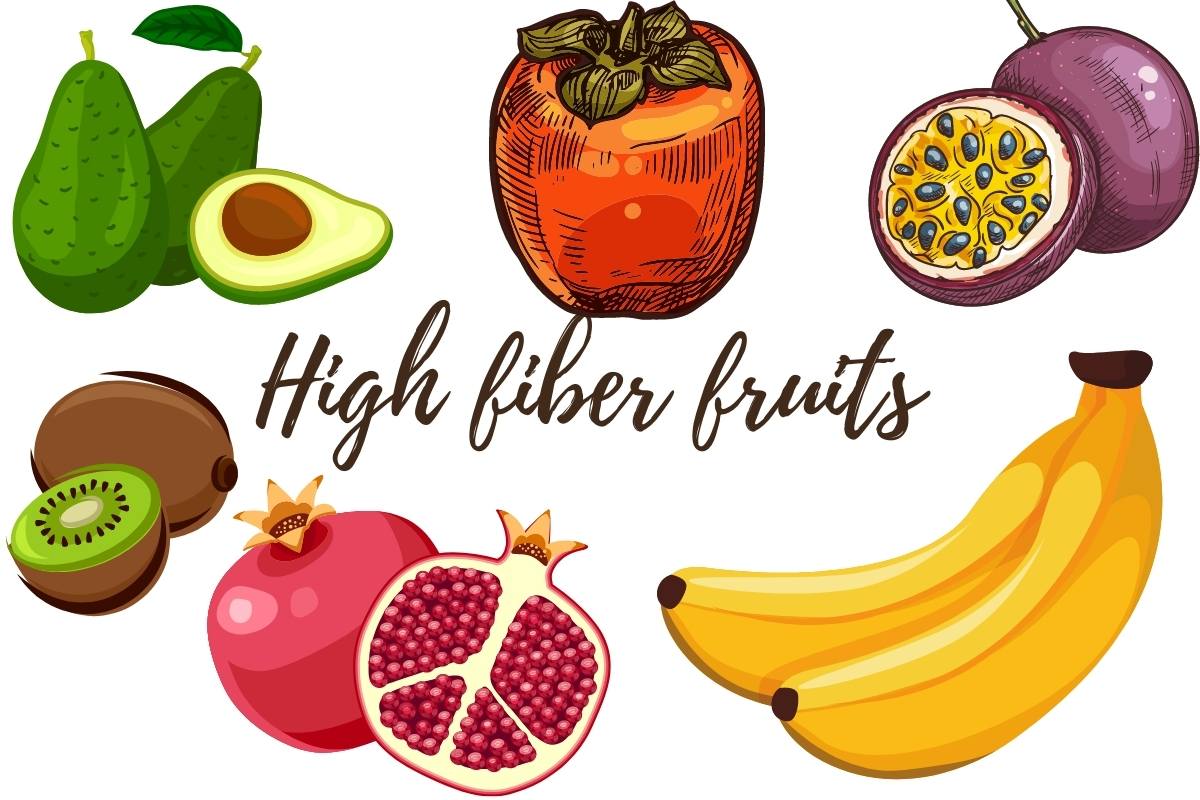
Fruits, fiber content in 100 grams
| Fruit | Total fiber in grams |
|---|---|
| Pear | 3,1 |
| Apple | 2,4 |
| Banana | 2,6 |
| Orange | 2,4 |
| Kiwi | 3 |
| Passion fruit | 10 |
| Avocado | 7 |
| Persimon | 3,6 |
| Pomegranate | 4 |
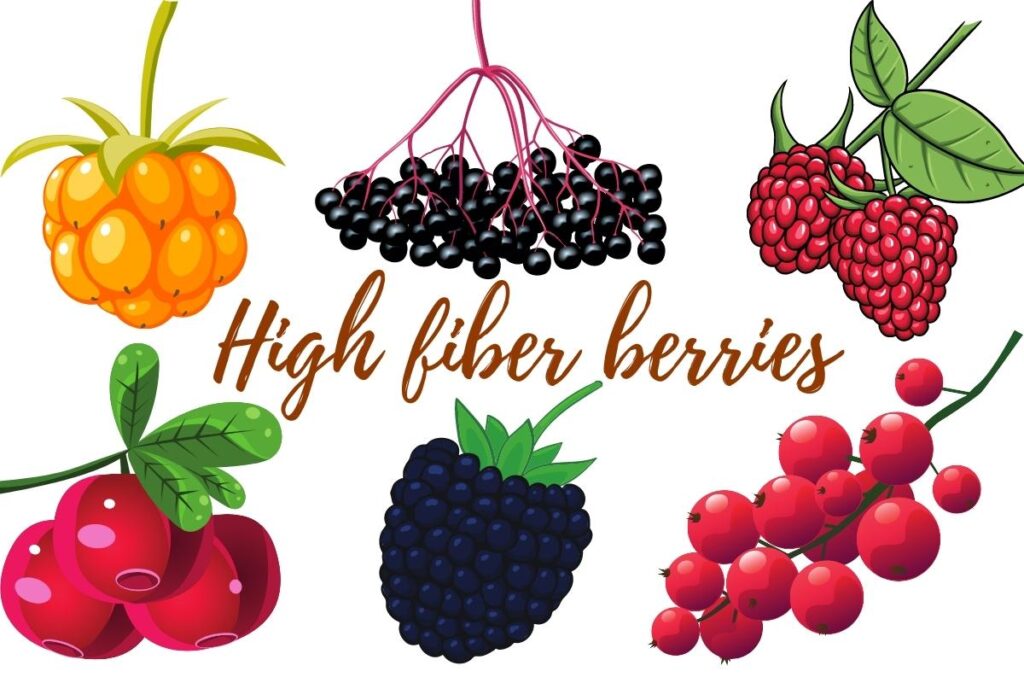
Berries, fiber-content in 100 grams
| Berry | Total fiber in grams |
|---|---|
| Strawberries | 1,9 |
| Blueberries | 3,3 |
| Raspberries | 3,7 |
| Cranberries | 3,5 |
| Elderberries | 6,3 |
| Gooseberries | 4,3 |
| Lingonberries | 2,6 |
| Boysenberries | 5,3 |
| Currants | 5,8 |
| Cloudberries | 6,3 |
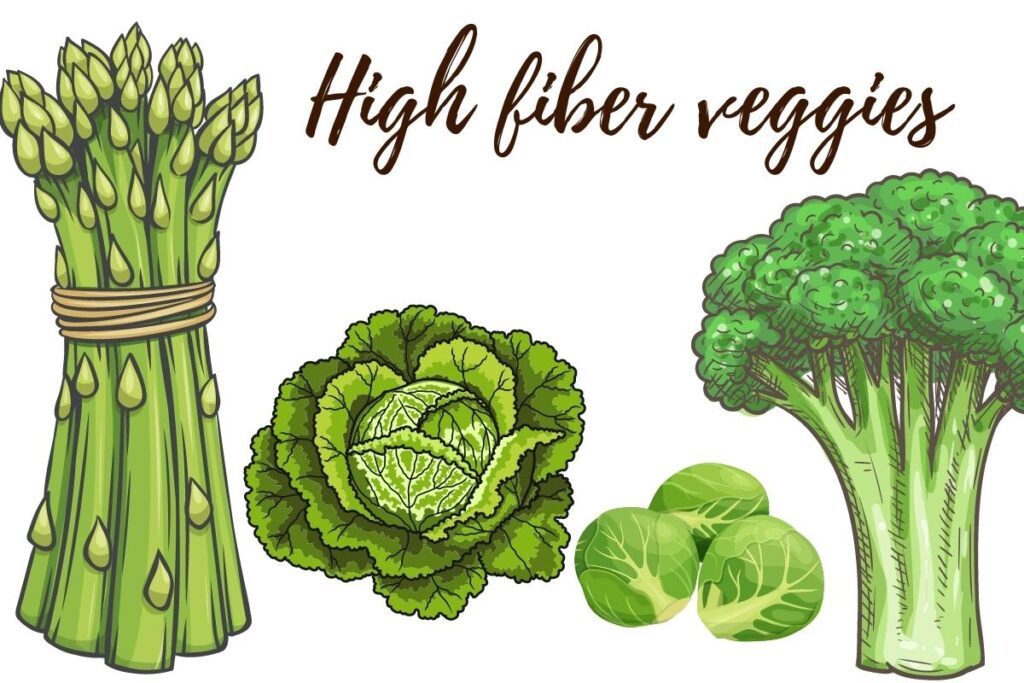
Vegetables as raw, fiber-content in 100grams
| Vegetable | Total fiber in grams |
|---|---|
| Potato | 2,2 |
| Sweet potato | 3 |
| Broccoli | 3,5 |
| Cauliflower | 2,2 |
| Carrot | 2,5 |
| Brussel sprout | 3,8 |
| Kale | 2 |
| Asparagus | 2,8 |
| Cabbage | 2,5 |
| Bell pepper | 1,9 |
| Beets | 2,5 |
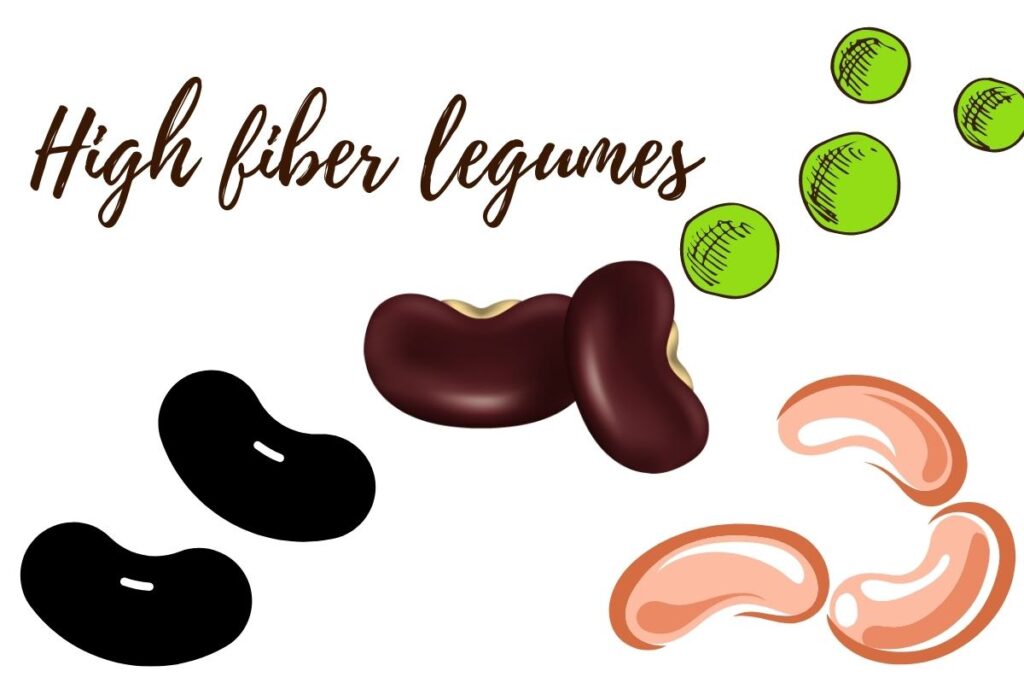
Beans, peas, lentils, fiber in 100grams dried
| Legume | Total fiber in grams |
|---|---|
| Lentils | 8,9 |
| Green peas dried | 20 |
| Kidney beans | 15,2 |
| Black beans | 15,5 |
| Aduki beans | 11,1 |
| White beans | 15,3 |
| Chickpeas | 10,7 |
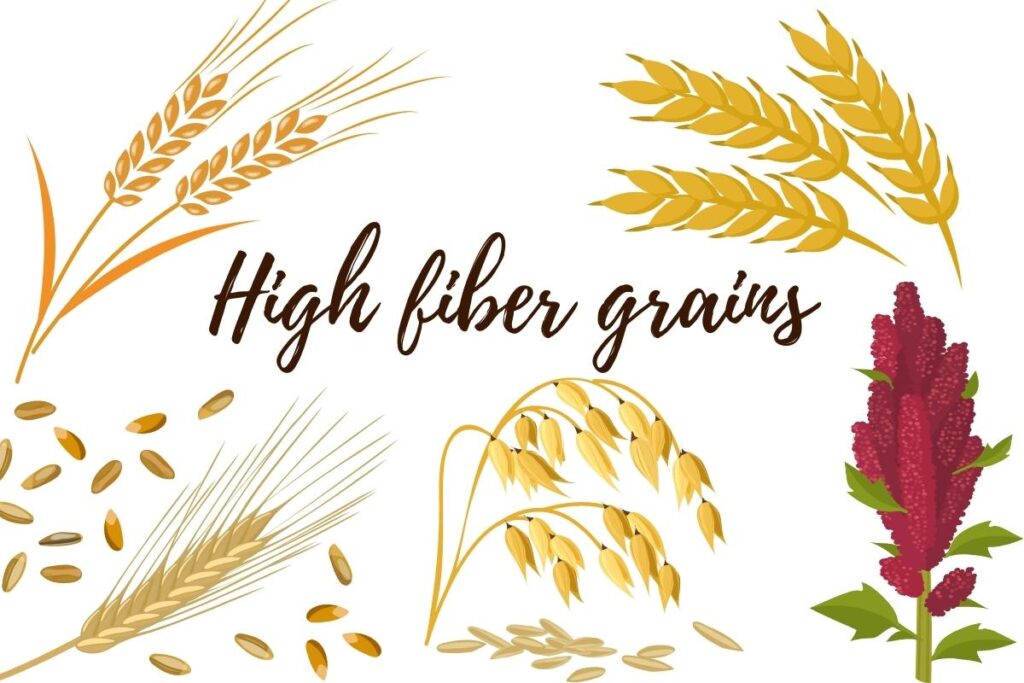
Grains, fiber in 100 grams
| Grain, dry weight | Total fiber in grams |
|---|---|
| Whole wheat flour | 12,2 |
| Whole grain pasta | 9,7 |
| Brown rice | 4 |
| Quinoa | 7 |
| Whole wheat noodles | 9,6 |
| Barley, pearled, and cooked | 7,6 |
| Oats | 10 |
| Rye flour | 9,4 |
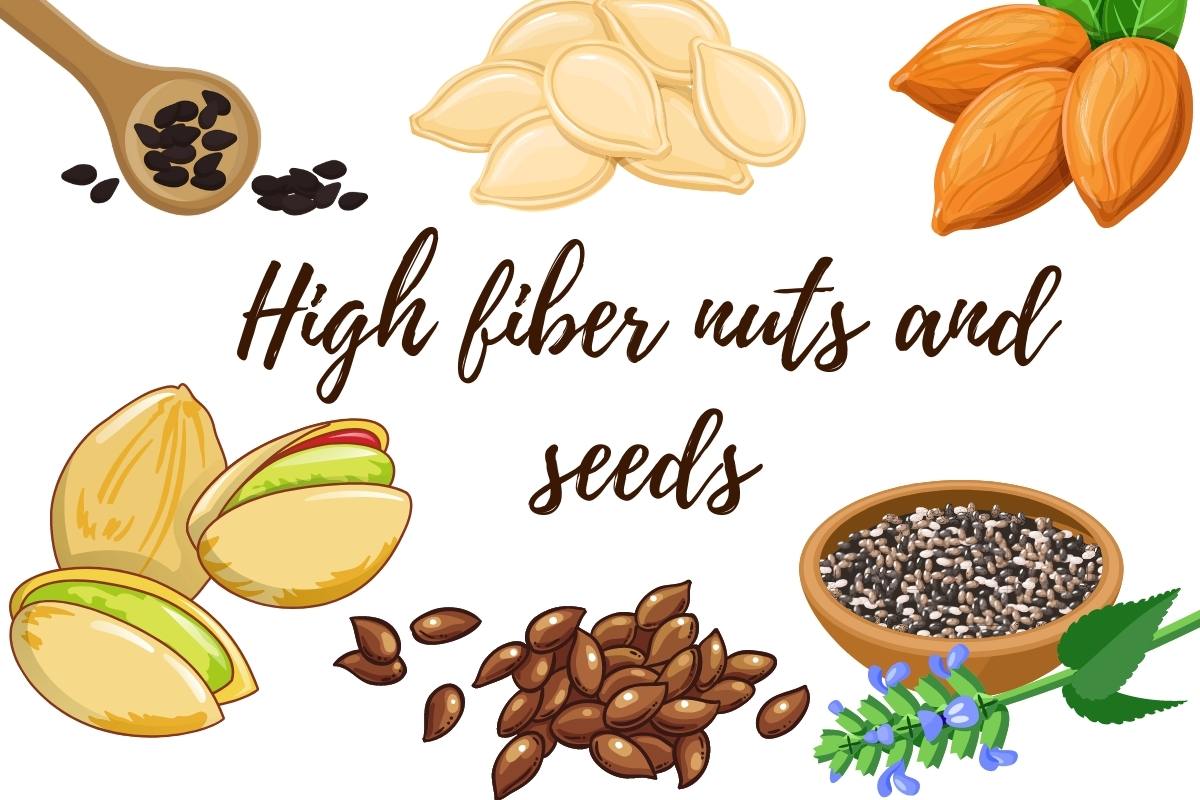
Nuts and seeds, fiber in 100grams
| Nut and seed | Total fiber in grams |
|---|---|
| Chia seeds | 34,4 |
| Flax seeds | 27,3 |
| Sunflower kerels | 11,1 |
| Pumpkin seeds | 18,4 |
| Hazelnuts | 9,7 |
| Almonds | 12,5 |
| Pistachios | 10,6 |
| Pecans | 9,6 |
| Peanuts | 8,5 |
| Sesame seeds | 11,8 |
How much fiber should you eat?
Recommended fiber intake is 25 grams for women and 30 grams for men. This amount is what The American Heart Association Eating Plan suggests. Do you know what an average American nowadays eat? Only 15 grams! In Finland, where I live, people eat around 20-22 grams; this is better but not nearly enough. Remember that these are only the minimum recommended amounts; you actually should eat a lot more.
A good way to know how much you are eating fiber is to keep a food diary for 3-4 days. Write down everything you eat on a piece f paper or in an app. A good app you can use is chronometer that you can download to your cell phone. You can also have a nutrition coach or nutrition therapist go over your diet diary. In a diet analysis, you get feedback not only if you are eating enough fiber but also comments on calorie amount, protein ratio, and deep analysis if you are getting enough vitamins and minerals.
Health benefits of eating fiber
Eating fiber is just great for your colon health; it fights constipation and reduces colon cancer risk. Fiber feeds your gut microbiome, and this way, you get a healthy gut microflora. In his book How not to die, Dr. Greger explains that fiber reduces breast cancer risks, diabetes, heart disease, and obesity. He explains that studies also show that high fiber intake may also help ward off stroke. (you can buy the book on Amazon)
Did you know that you can change your microbiome with just 2 weeks of intake of fiber and you can also make your gut microflora worse by a bad diet low in fiber (source) In stool samples in some studies they have found improvements in gut microbiome in just five days of diet change to a plant-based?
Affect of fiber to diabetes and weight loss
Diabetes Prevention Program Research Group found out that Diabetes type 2 Patients who consumed fiber-rich foods for 6 weeks got better blood sugar levels. They ate about 50 grams of fiber per day, so this is more than the recommended amount. Interesting was that they ate natural foods, foods natural in fiber, and not supplements. (source)
Best results for diabetes were achieved with a diet of high carbohydrates in whole foods. Low fat intake and high fiber intake. They also were not overconsuming calories.
Fiber intake promotes weight loss because it lowers blood sugar levels(source). If you eat something sugary, your blood sugar levels rise quite fast. If they raise fast, this means they also drop fast. At this point, when your levels are dropping, you get really hungry, you might feel weak and shaky. You have to get something to eat. What do you do then? You grab some snacks, a chocolate bar, etc. But then this raises your levels again, and in an hour, you are in the same vicious cycle again.
On the other hand, if you eat something with a lot of fiber, you don't get this same effect; when your blood sugar levels start to drop, they don´t just drop down on a steep curve but more smoothly. This makes you don't get that shaky feeling, and you can wait just a little more to eat some real, nutritious food instead of a quick snack.
What should you eat to get a diversity of fiber?
The answer is simple, a diversity of plants! Because only plants contain fiber. Gastroenterologist Bulsiewicz says it should be "our Golden Rule of eating", diversity of plants. Different fiber types feed different microbiomes in your gut.
If you don´t eat fiber, your gut microbiome doesn´t get any food, and you end up getting all sorts of problems. Different fiber types feed different microbes. They have their favorites. So it would be best if you fed all types of microbes. Otherwise, some of them die out. To explain in really simple terms; If you never eat beans, microbes that live on beans die out. So if you suddenly eat a lot of beans, you might have stomach problems before your gut microbiome gets used to them again and some of the bean-eating microbes get "resurrected."
The diversity of plants means that you eat at least 30 different plants for one week. It might sound a lot, but it helps make a list of what you could eat in one week. Then you could vary your list for the next week.
Signs of not eating enough fiber
Stomach problems
Most common sign that you are not eating enough fiber are stomach issues such as constipation or diarrhea. These conditions are very different but fiber intake helps for both. Fiber absorbs water so it makes the stool softer and it moves easier. In diarrhea undigested food comes out too quickly, fiber helps to bulk up stool mass and this helps that it doesn´t come out too soon.
Constantly hungry
Another sign of not eating enough fiber is hunger after meals. Eating fiber keeps you feeling full for longer. Fiber takes a long time to digest, so you don´t get those cravings so much between meals. Chewing fiber-rich foods also takes a longer time to eat, so the hunger hormones that tell you when your stomach is full are more tuned, which helps you not overeat. Fast carbs with a minimum of fiber lead to spikes and blood sugar crashes, making you hungry and tired.
High cholesterol
I bet you have heard that oats lower cholesterol. It´s a sales slogan in every package of breakfast cereals. This is true; oats contain a fiber called beta-glucan that is a water-soluble fiber type. It is not only oats that lower cholesterol. All water-soluble fiber lower cholesterol.
Soluble fiber acts like a sponge and absorbs cholesterol. Soluble fiber lowers bad cholesterol levels. But fiber is not only lowering cholesterol; it also reduces blood pressure. (source)
Inflammation
If your gut microbiome is not feeling well and you don´t nourish it, your body has inflammation. A diverse gut microbiome is important for your health because it prevents chronic inflammation. A big part of your immune system lives in your intestinal walls! If you suffer from a leaky gut, it triggers the immune system, and you get all sorts of problems. The good news is that you can treat leaky gut with a plant-based high fiber diet.
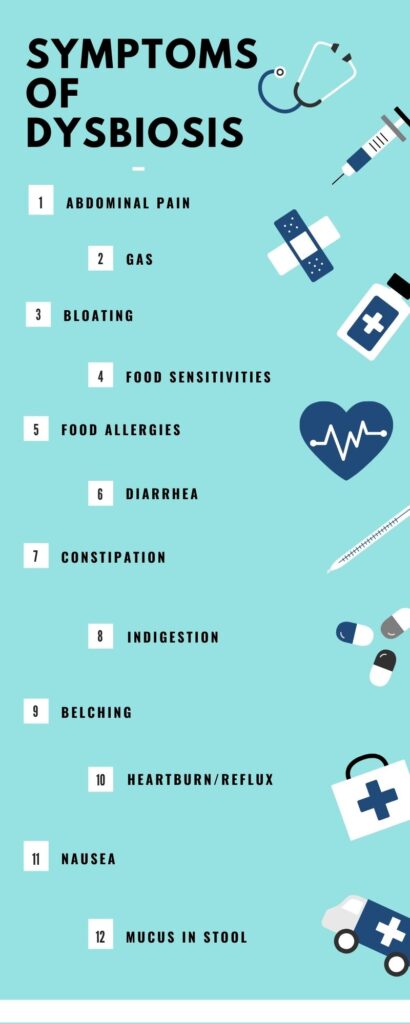
Related question
How about fiber and IBS?
Many who have IBS have problems with high fiber foods, and to some, they are the salvation. The IBS problem is often your microbiome; you have narrowed down the foods you eat and is having trouble to tolerate new foods. Many with IBS actually have a leaky gut.
Fiber is rarely the problem, but the fructans in foods are. They begin to ferment in your gut and you get stomach issues. One thing that might help is to narrow down the fructan content. FODMAP diet has helped many people and teaches you to count amounts of fructans in foods.
A really helpful book on fiber and IBS problems is Fiberfueled by gastroenterologist Will Bulsiewicz. My favorite book after How Not to Die. Fiberfueled has a comprehensive guide on how to heal your gut microbiome with a diet plan and recipes. You can buy it in your local book store or on Amazon.

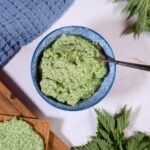
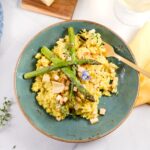
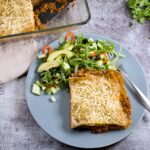

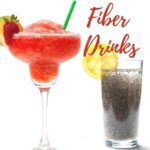


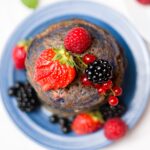
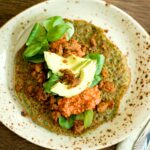
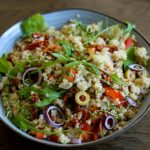




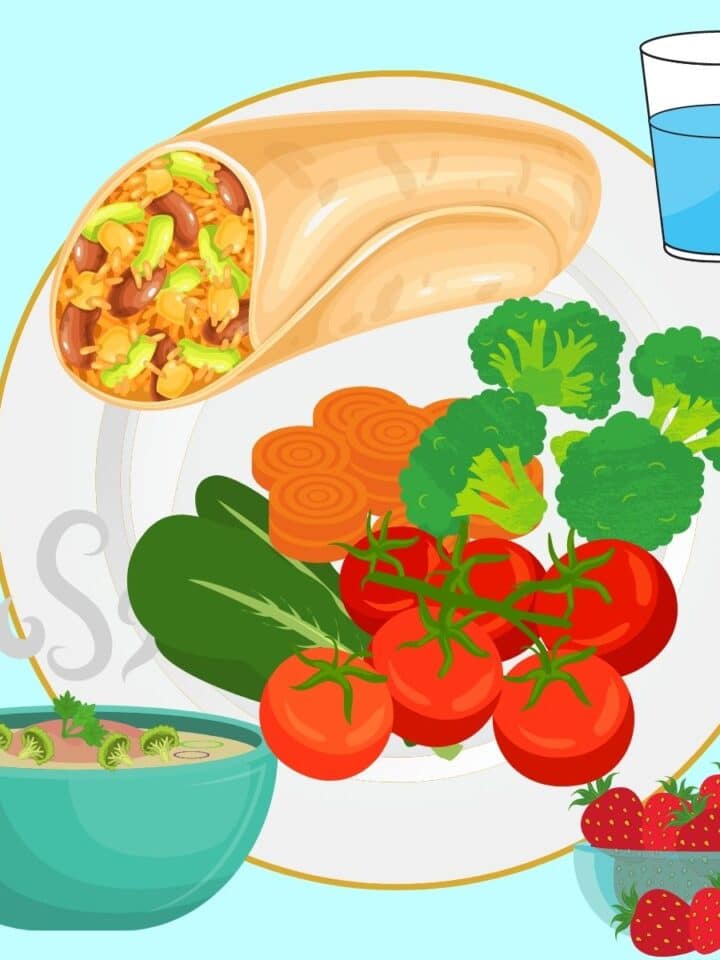
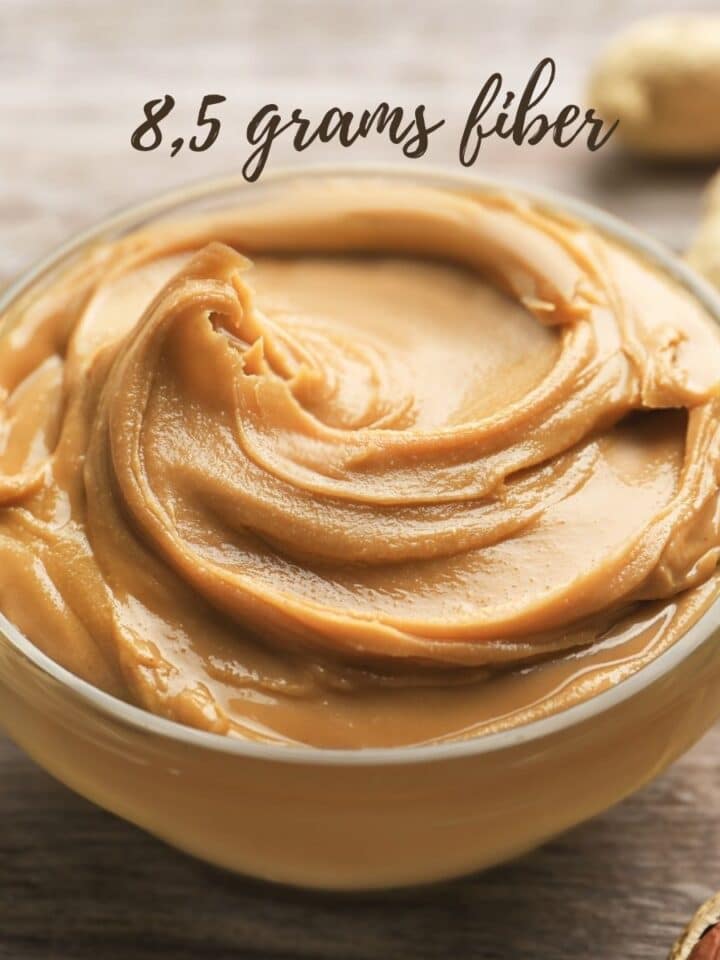
Leave a Comment